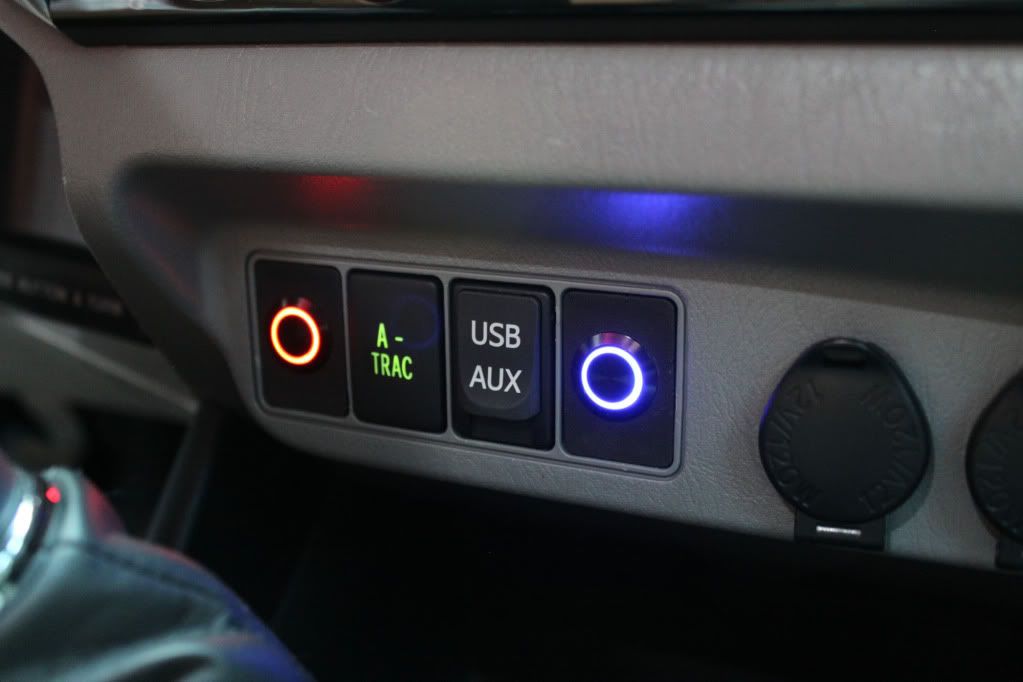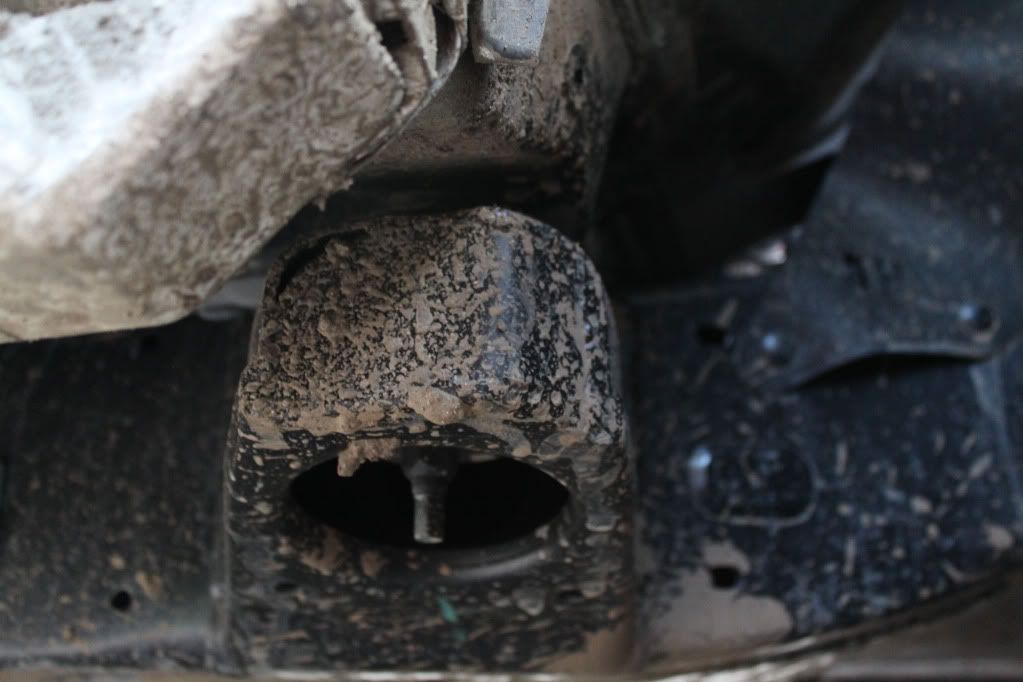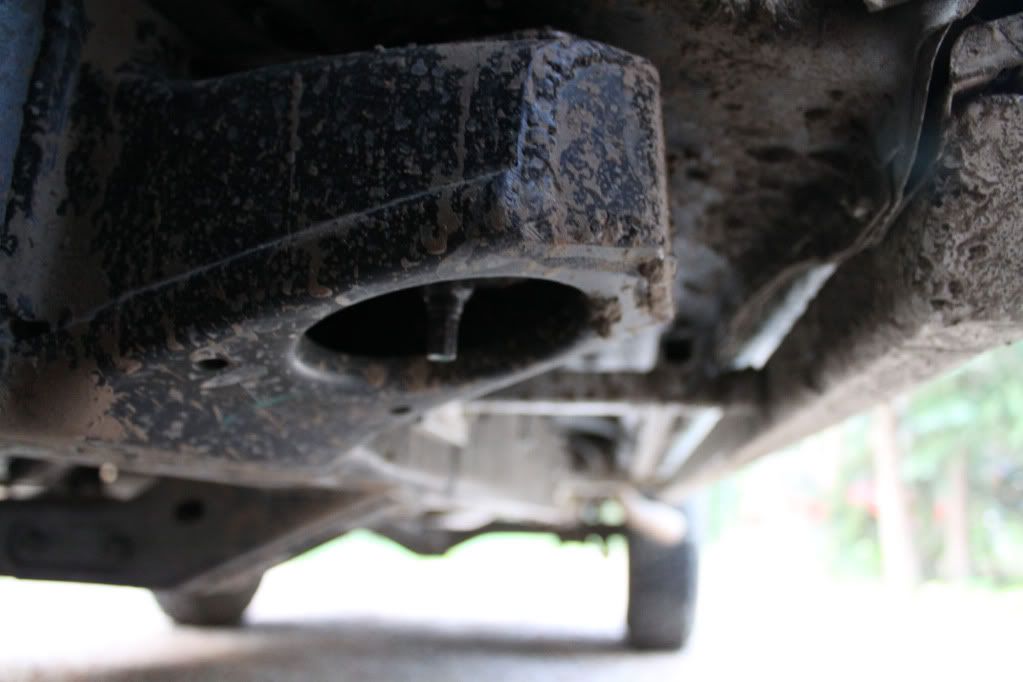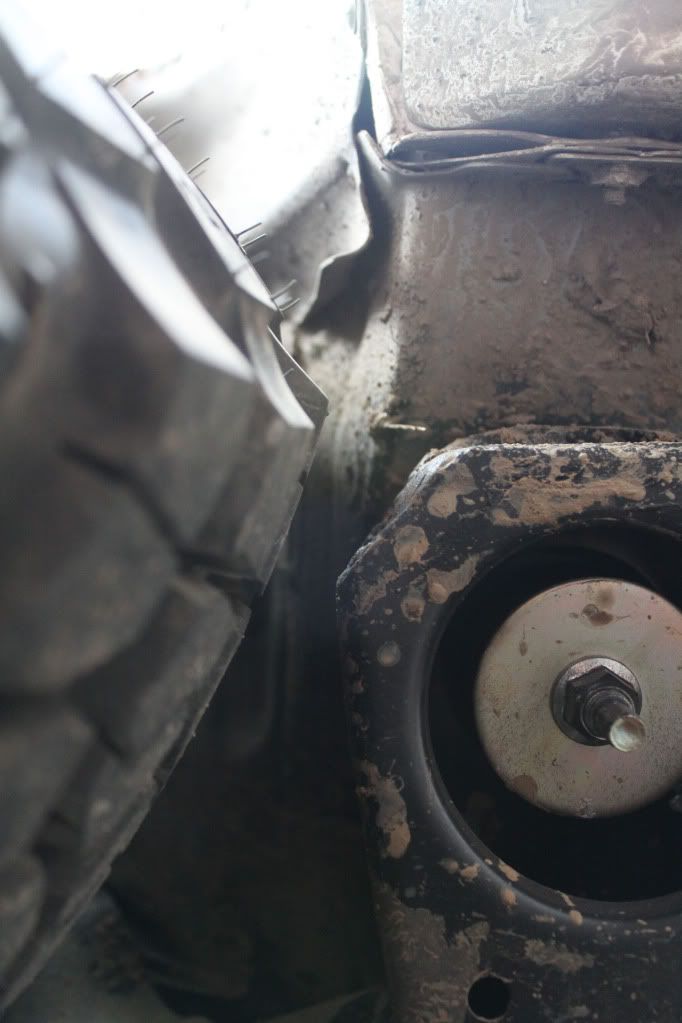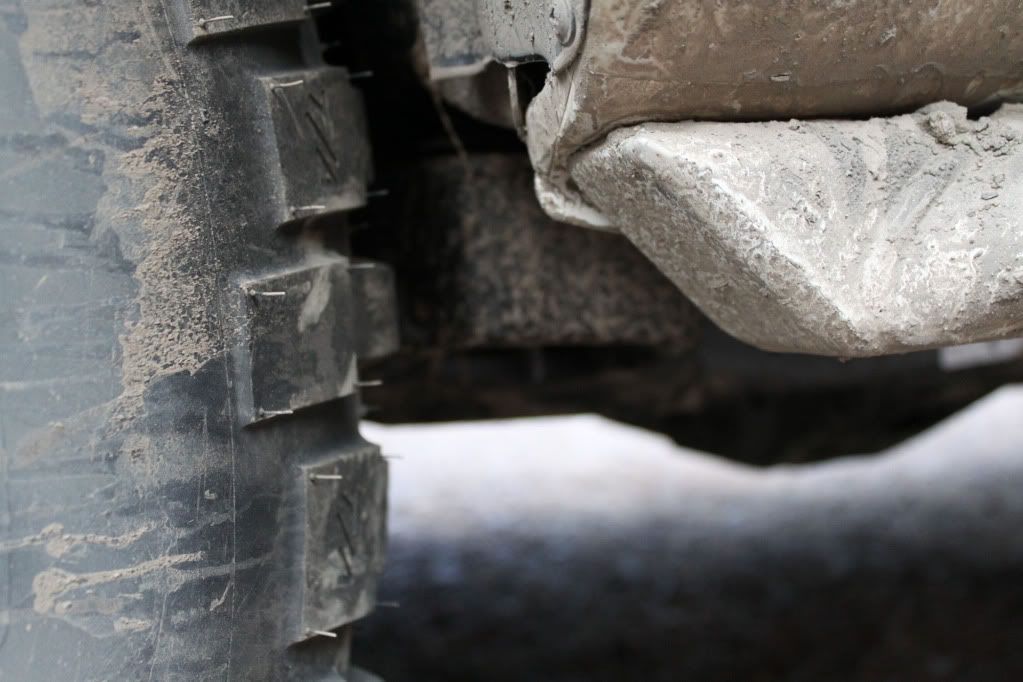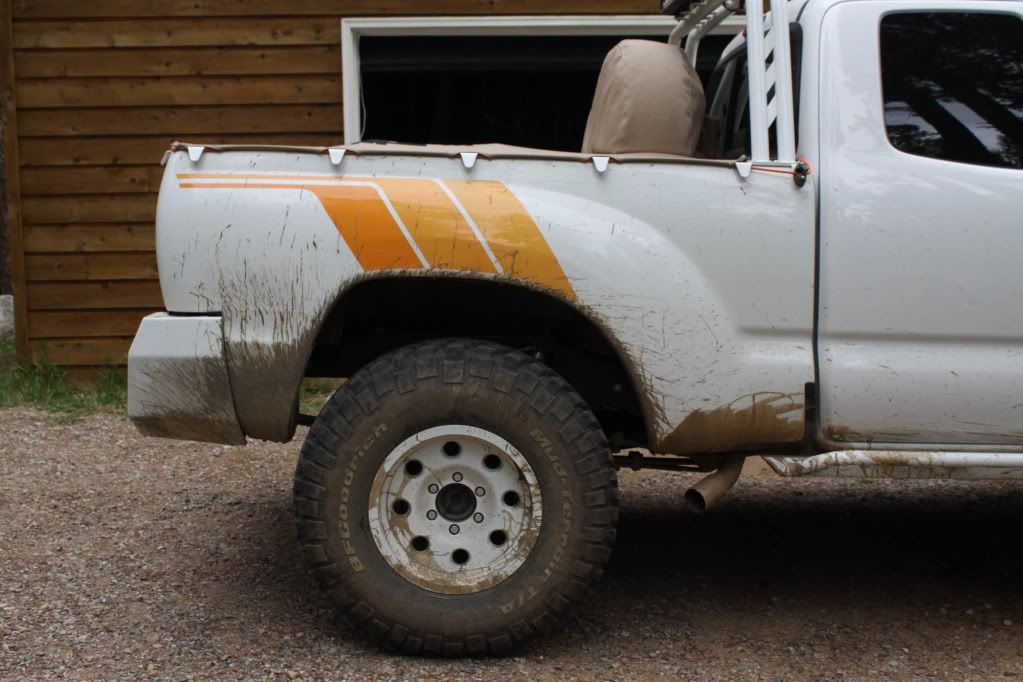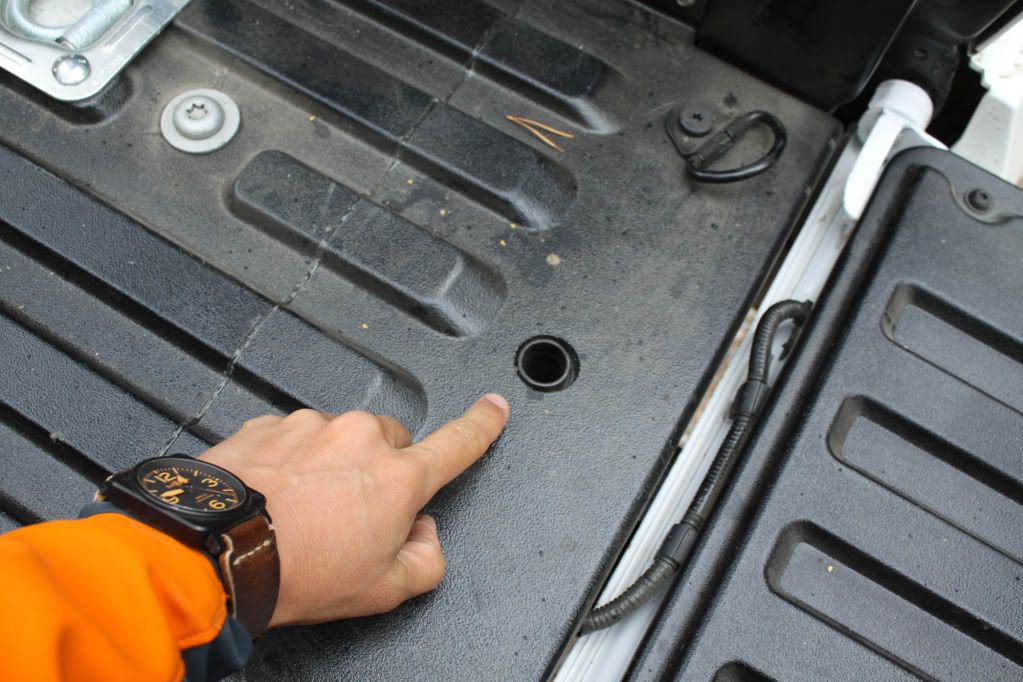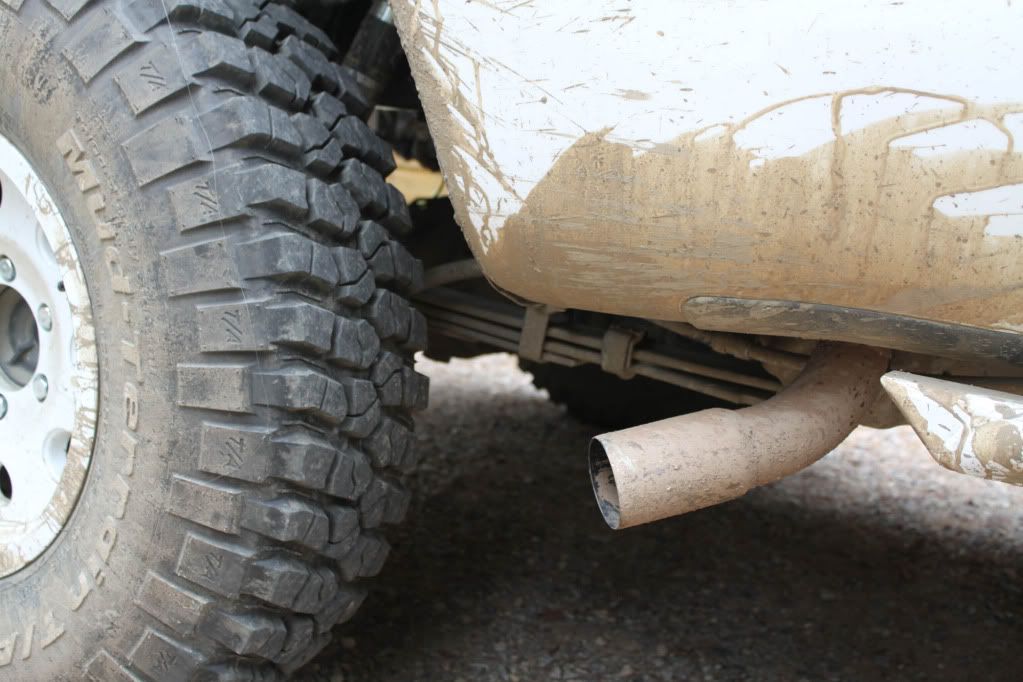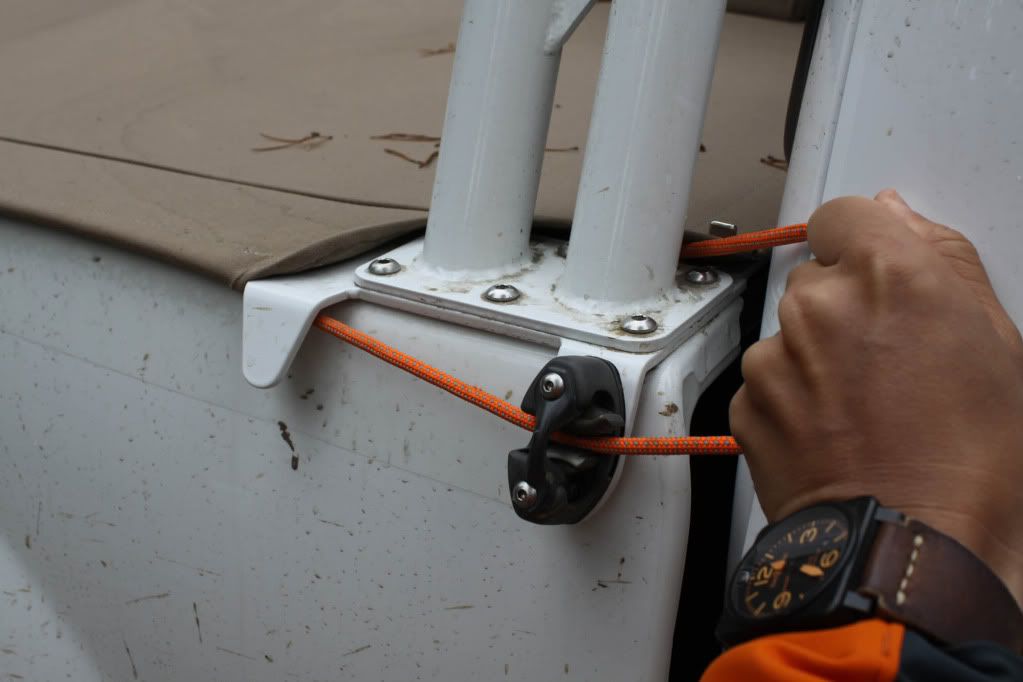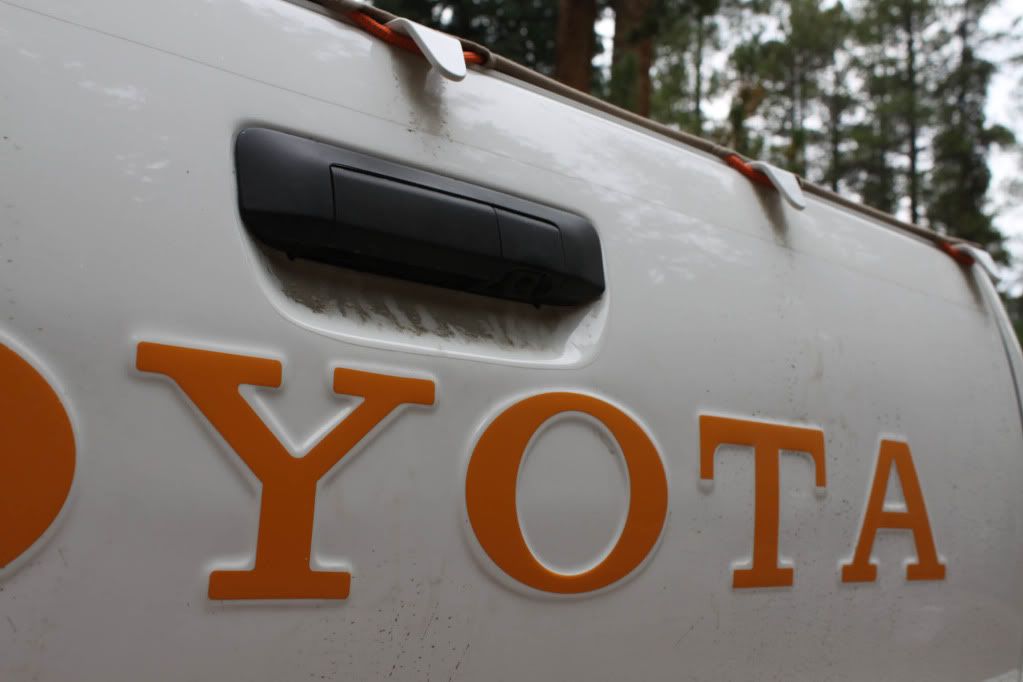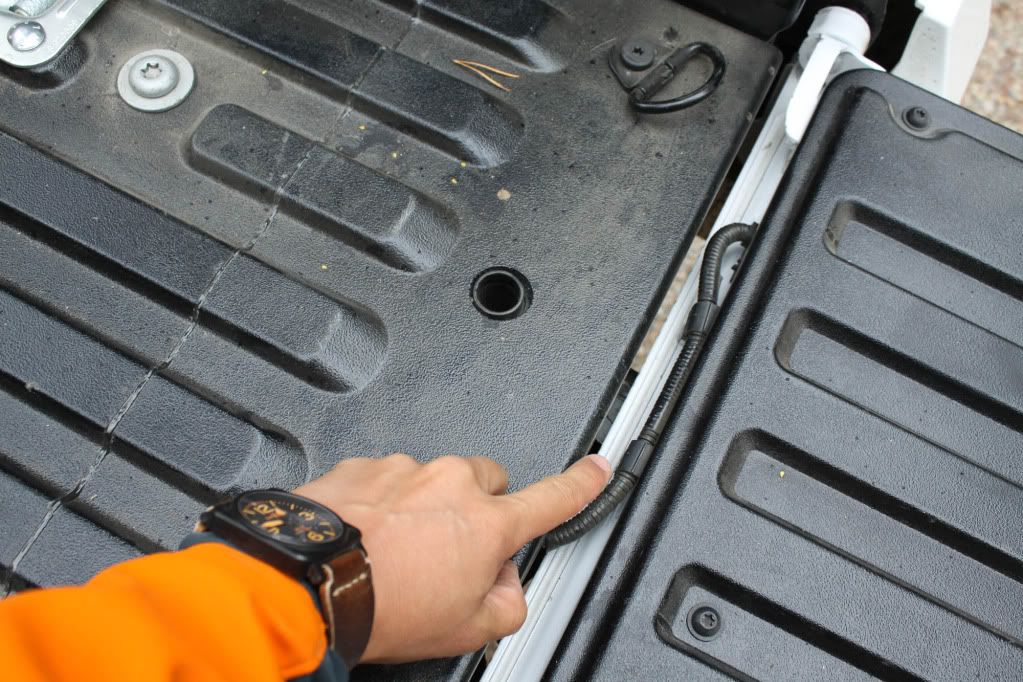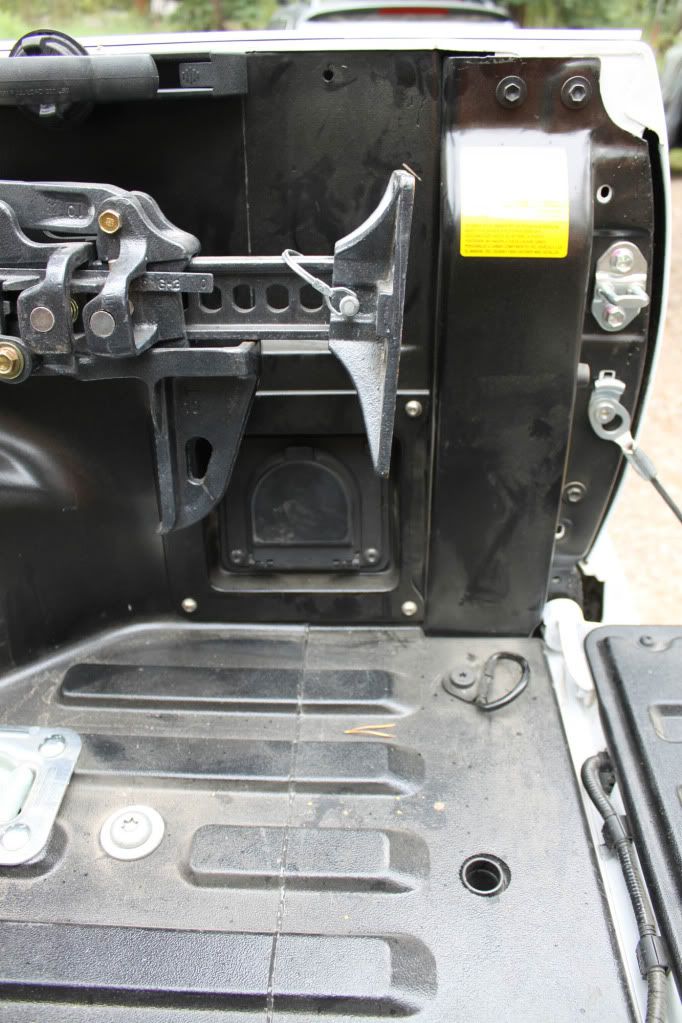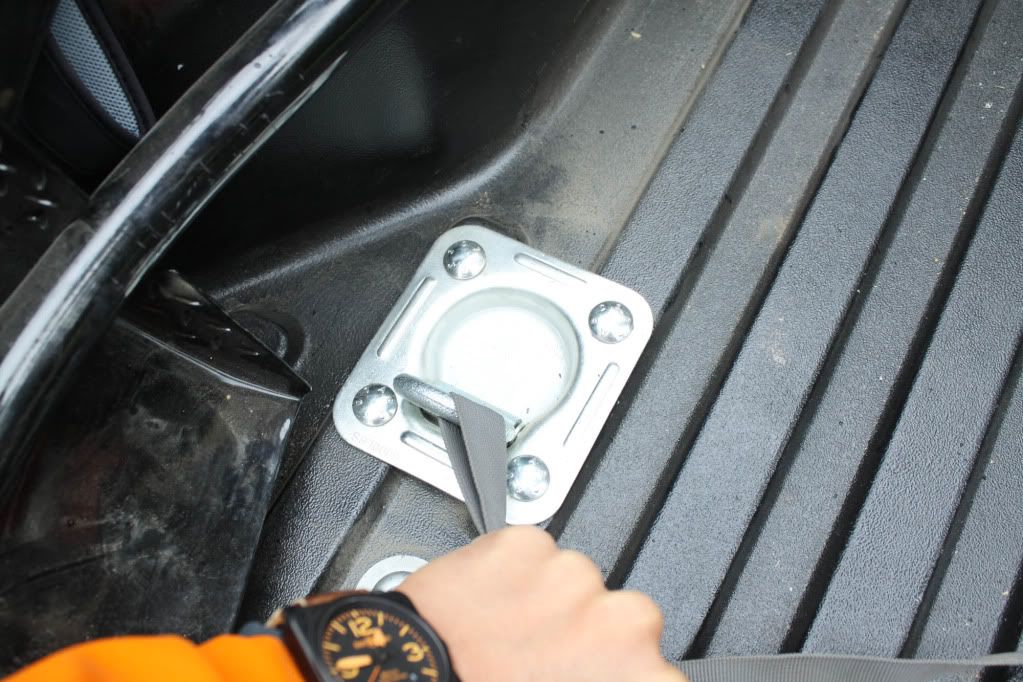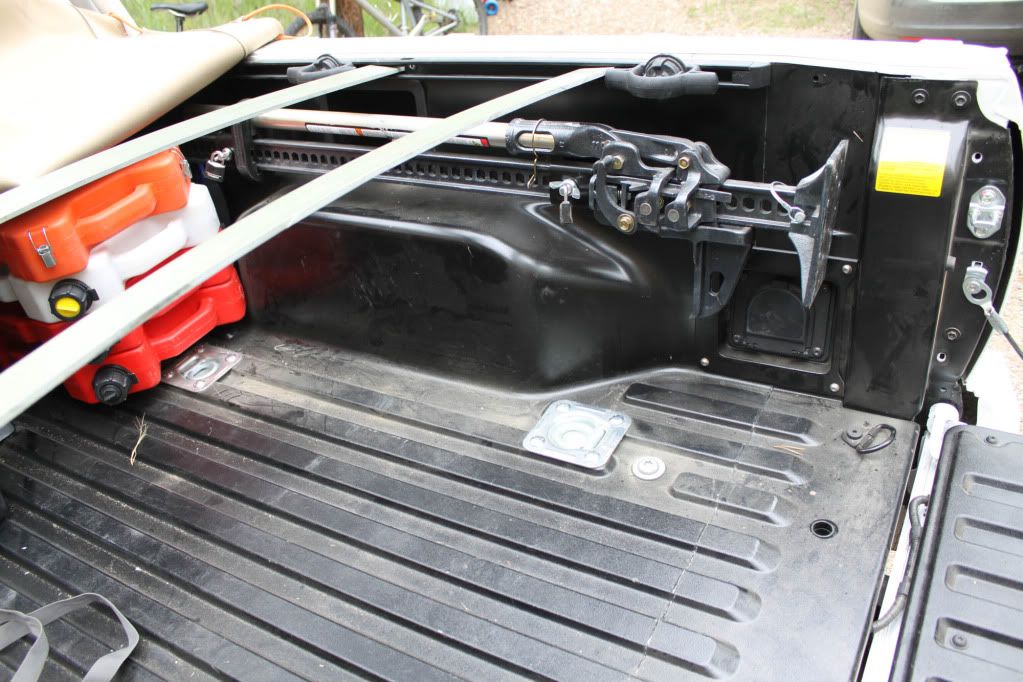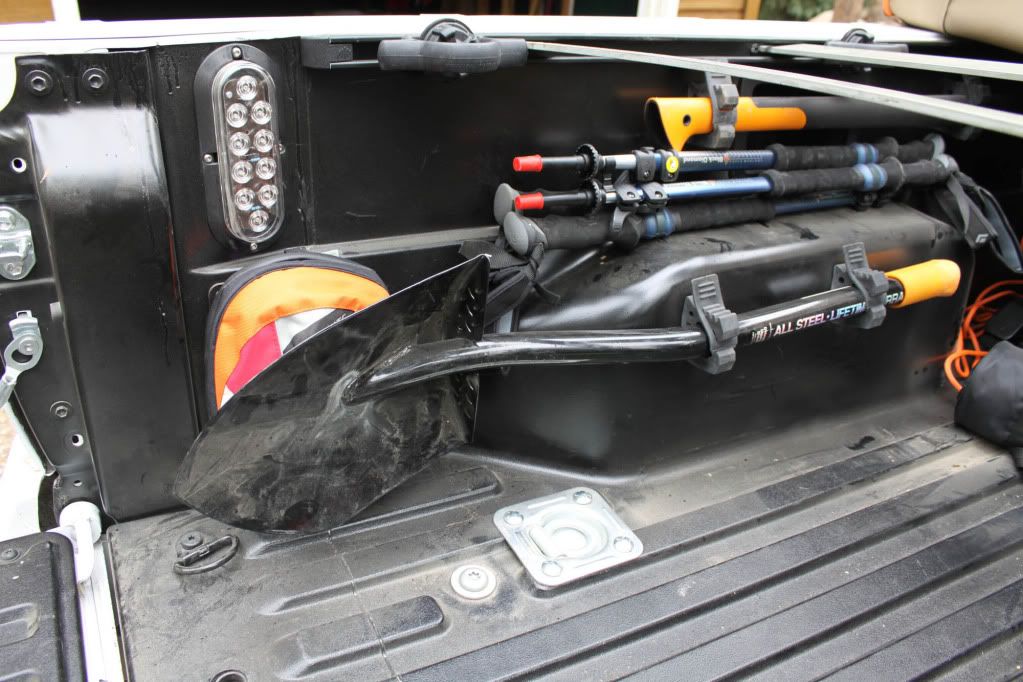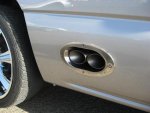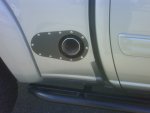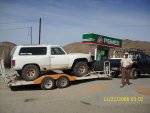And Bob's Your Uncle
I’ve gotten a lot of questions about the bed bob, including ones like, “Why’d you ruin an expedition truck with a bed bob?” I’ll try to explain some of the rationale here and a few things that might be helpful if you plan to bob the bed on your truck, or you’re considering it. This bed, in total, has probably 300 hours of labor and engineering in it. Nothing was done “just because” or “because it might look cool.” I think the bed design process breaks into these categories: footprint and volume, planned use, weatherproofing and security, feature preservation, cargo lashing, and added features.
I’ll discuss each briefly.
Footprint and Volume
In footprint and volume, we laid out the quantity of luggage we use on a typical trip (we did this in our living room in Uganda, using books as the borders of our hypothetical bed’s footprint). The luggage was in North Face Base Camp bags (we carry a mix of XL and M sized bags), plus consideration of the size of other common items, like our North Face ground tent and its various accessories and two rock climbing gear bags.
It quickly became clear that carrying the spare in the bed is not a trade-off to be taken lightly, particularly when running 33” tires (or bigger!). The decision was made to section off the front section of the bed, making it less versatile, but giving permanent sturdy mounts for the spare and a four-high stack of Rotopax containers, which we figured would usually be 2x petrol, 1x H2O, 1x medkit and left unlocked unless in urban areas. We found the Rotopax system easy to adapt to this four-high (rather than four-wide) orientation, and it’s more useful if you want to lift something out of the bed without unpacking the bed’s contents.
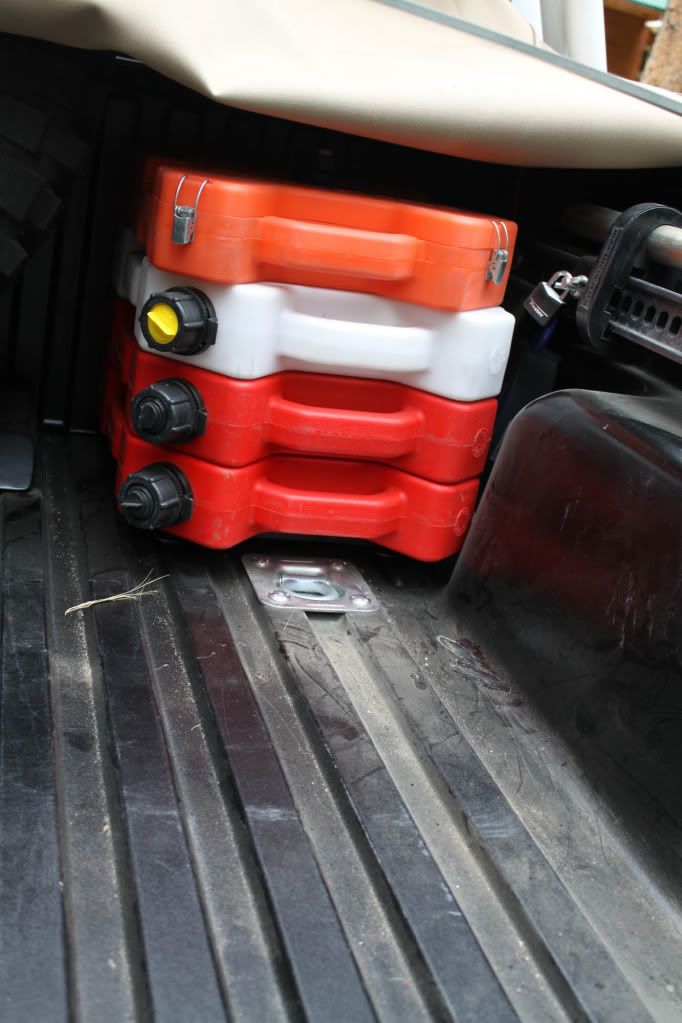
Think through the bed in layers, as past posts of wisdom from others have suggested. Heavy, less-accessed items go on the bottom, secured by cargo nets or other easy-to-remove but sturdy systems. Lighter items can go on top, like overnight essentials. These shouldn’t be confused with a “town bag” (I prefer a light, half-full duffel with another empty bag inside to carry the shopping) or a “go bag” (I prefer a messenger bag-style one I picked up from Triple Aught and outfitted with some mag pouches and a universal holster for my 1911), which is something I’d normally keep in the cab rather than in the bed.
Budget for 5% of the total bed volume to be empty for every day you’re away from hard buildings. We’ve found this accounts pretty well for the amount of messy repacking, repartitioning of baggage, and “stuff” that builds up when you’re moving out at dawn or too tired to figure out how those two jackets folded up so tightly when you were packing crates in England.
Planned Use
If you’re rock crawling, of course the departure angle of a bobbed bed is attractive.
But most of us, including me, aren’t.
However, it has surprising and huge advantages in dense cities like Kampala and it’s easy to underestimate the importance of departure angle on drives like Gulu to Juba or Kigali to Lyantonde (not uncommon routes in the greater scheme of African travel). Since our travel is 90% on dirt roads and 50% on ones that are poorly-cared-for, departure angle matters.
We decided early on that being able to “gain back” the full length of the bed temporarily would be hugely valuable, so some interim engineering went into making sure the bed extender from a stock 2012 Taco would fit on the truck. This meant moving a larger section of the bed forward in the bobbing process than is typical, and that had other advantages (like making the inverter outlet preservation a bit more tidy). Now, we can gain back essentially the entire length of the original bed with a bed extender, or run with the short bed.
Two versions of the tonneau make weather-resistant (though not weather-proof) travel in either mode possible. If rain is not a concern, the cargo-net-style bed net sold all over Africa for the 70 Series pickup will fit the truck with only a slight amount of zip-tying.
Another thing to consider is the length of your exhaust system.
We decided on a side-exit system, as we didn’t see any benefit to having an extra six feet of pipe wanting to bounce around under the truck. If we forded water more (we don’t, particularly with much of our travel being during the dry season), I might have put the outlet for the exhaust at a higher level than stock. Taking the opportunity to re-do the exhaust when you bob the bed is worthwhile in my view; by going to a thin Borla off-the-shelf muffler unit, we saved a bunch of space over the (huge) Toyota muffler, creating a good spot for a future “hide box” location for documents, wristwatches, or cash if needed.
Weatherproofing and Security
One of the reasons people don’t bob is because stock tonneau covers won’t fit a bobbed bed. While this is true, I think this is too effective a deterrent. There are many other options, including designing a good top and having a local guy good with convertible top repair and restoration build it.
Security is, in my opinion, the most overblown concern about pickups. I know many people who have traveled all over Africa with pickup-style vehicles and the number of theft issues is negligible (maybe non-existent?). I know of one North Face jacket stolen from a Hilux in Jinja earlier this year. Does that mean hard covers for all beds are warranted? I hardly think so.
You will misplace more stuff than will get stolen on almost any expedition. I guarantee it.
Feature Preservation
This is a huge area for me. I wanted to preserve essentially all of the features that Toyota engineers had worked so hard to put into the bed. This meant preserving the backup camera wiring and functionality, for instance.
It also meant preserving the inverter outlet.
And preserving the D-ring tie-downs, though we added additional tie-downs.
We also preserved the rail system.
And preserving the integrity of the bed, of course. Which meant using a resin mix rated for this type of composite and at least as strong as the panels it was asked to join.
Cargo Lashing
This is something that most people feel they didn’t think enough about after a bed bob. We’ve all seen the video of the guy at Moab whose cooler full of beer goes sailing off the trail. You don’t want to be that guy. But, in all seriousness, you need to be able to lash down big loads occasionally. We decided to put four heavy (6000 lb.) maritime load shackles that go all the way down to the frame while retaining the stock rail system and the stock D-rings at the corners for light "stretch net" loads.
We also built the waterjetted pieces for the tonneau out of plate to make sure we wouldn’t have nasty surprises if we needed to ratchet down a load with them (the two hoops made from DOM tubing further reinforce them).
Added Features
I wanted storage for walking sticks, a shovel (ended up modifying a shovel after not finding anything I liked), the Hi-Lift (I wanted a sturdy, lockable mount that did not take up “floor space” in the bed), a spare, and four Rotopax 2-gallon units.
I also wanted both bright camp lighting (a large XMITTER bar facing rearward) and soft bed lighting for packing/unpacking in low light (an amber LED turn signal lamp angled to light the bed – I may change this to an LED brake light so it has less of an effect on night vision).
We also decided to strengthen the bed from the underside and allow for better tie-downs (see above) in case we wanted to load a large item. For instance, last year we ended up moving two heavy 4.5kVA diesel generators for our house – not something easily moved off-road, for many miles, in mud, while it’s sliding around. Moving it in a late 80’s Hilux with no tie-downs? Possible, and we did it. But much better with a vehicle set up to move heavy loads occasionally.
Conclusion
There are no doubt improvements that could be made, and this vehicle is a compromise between usability, shipping container size and rules, urban versus rural use, and other factors. But the bed bob is something I’m glad we put so much time and energy into, and I think it came out extremely well for our purposes.
I hope this post proves useful to others and that, rather than taking some string, some duct tape, and a Sawzall, that you sit down and figure out what you need from a bed. It may be that a shorter bed will work well for your purposes. If so… plan lots, cut once.
